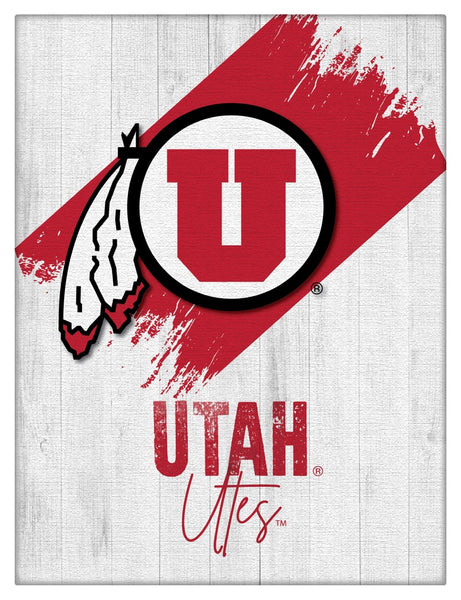Mastering the UT Austin Canvas platform can significantly enhance your learning experience. As a student, understanding how to navigate and utilize all the features of Canvas is crucial for academic success. This article aims to provide you with essential tips and tricks that will help boost your efficiency and make the most out of this powerful learning management system.
Canvas serves as the primary online course platform at UT Austin, offering a wide array of tools and resources designed to support both instructors and students. By mastering its functionalities, students can streamline their study processes, stay organized, and improve overall academic performance. Below are some strategies tailored specifically for UT Austin students looking to optimize their use of Canvas.
Enhancing Course Management in Canvas
At UT Austin, managing large multi-section courses can be challenging, but Canvas offers various avenues to simplify this process. The platform's structure allows for better organization by enabling instructors to create separate sections within one course, making it easier for students to find relevant materials. Understanding these features helps students focus on their specific sections without getting overwhelmed by unnecessary information.
In addition to section management, Canvas provides tools like modules and assignments that keep everything neatly organized. Modules allow instructors to sequence content logically, guiding students through the course material step-by-step. Assignments are integrated directly into the calendar, ensuring deadlines are always visible and accessible, thus reducing the likelihood of missed submissions.
Furthermore, the announcements feature keeps students informed about any updates or changes in real-time. Regularly checking announcements ensures that you stay updated with course developments, which is especially important in large courses where communication can sometimes be difficult. By leveraging these organizational tools, students can maintain a clear overview of their coursework.
Exploring Digital Credentials Through Canvas
UT Austin's Digital Badging Initiative complements the Canvas platform by offering students verifiable digital credentials. These badges recognize achievements beyond traditional grades, providing a more comprehensive view of a student's skills and knowledge. Integrating digital badging with Canvas enhances the recognition of learning experiences, making them more tangible and shareable.
The initiative aligns closely with Canvas's capabilities, allowing educators to award badges based on completed assignments or participation in specific activities within the platform. This not only motivates students but also provides employers with concrete evidence of competencies acquired during studies. Students can showcase these badges on professional networking sites, adding value to their profiles.
Moreover, digital badges contain rich metadata detailing what was learned and how it was assessed, offering deeper insights than conventional certifications. This aspect makes them particularly appealing for showcasing specialized skills or project-based learning outcomes achieved via Canvas-supported courses.
Navigating Technology Resources at UT Austin
Moody College of Communication at UT Austin offers extensive technology resources that complement the Canvas platform. These resources include access to software, hardware, and technical support services aimed at enriching the educational experience. Familiarizing yourself with these offerings can enhance your ability to engage fully with course materials presented through Canvas.
For instance, students have access to advanced multimedia tools that facilitate creative projects often required in communication courses. These tools integrate seamlessly with Canvas, allowing for submission of high-quality work directly from the platform. Additionally, workshops and training sessions provided by Moody College equip students with necessary skills to maximize their use of available technologies alongside Canvas.
Understanding the scope of technological resources available ensures that students leverage every opportunity offered by UT Austin to succeed academically. Whether it involves utilizing specialized software or seeking guidance from knowledgeable staff members, being aware of these options empowers learners to take full advantage of their education journey facilitated by Canvas.
Post-Graduation Access to Canvas
A common concern among students nearing graduation is whether they will retain access to Canvas after leaving UT Austin. Generally speaking, once a student graduates, their access to Canvas typically ends. However, there may be exceptions depending on individual circumstances or agreements made between alumni and the university regarding certain programs or continuing education opportunities.
It’s important for graduating students to download any necessary files or documents before losing access permanently. Canvas offers an option to export all data associated with your account, including submitted assignments, feedback received, and other important records. Taking advantage of this feature ensures that valuable information isn’t lost post-graduation.
Additionally, some institutions offer limited-time extended access for recent graduates who might still need access for thesis completion or similar purposes. It’s advisable to check with UT Austin’s IT department or consult relevant FAQs to understand specific policies related to maintaining access post-graduation if needed.
Utilizing The Foundry for Enhanced Learning
Located in the Fine Arts Library, The Foundry serves as a makerspace dedicated to fostering creativity and innovation among UT Austin students. While not directly part of Canvas, The Foundry complements its functionality by providing hands-on learning environments where theoretical concepts taught via Canvas can be applied practically. This synergy between digital platforms and physical spaces enhances overall educational effectiveness.
Students engaged in arts-related disciplines benefit immensely from The Foundry's facilities, which house cutting-edge equipment such as 3D printers, laser cutters, and audiovisual production suites. Projects developed here often require collaboration across different mediums, mirroring interdisciplinary approaches encouraged within Canvas-based courses. Such integration promotes holistic development of both technical proficiency and creative thinking.
By encouraging interaction between virtual learning environments like Canvas and physical labs like The Foundry, UT Austin supports a well-rounded approach to education. Students gain practical experience while simultaneously refining theoretical knowledge, preparing them adequately for diverse career paths ahead.

